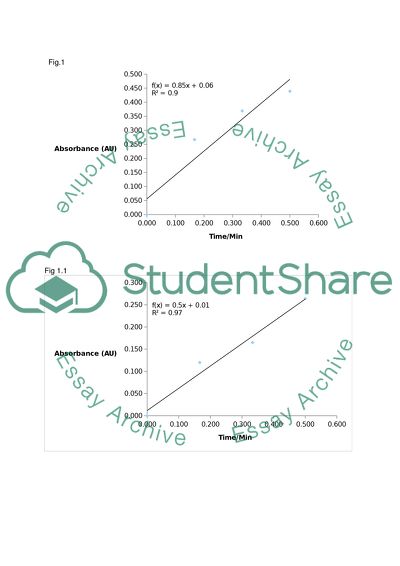Lab biochemistry Coursework Example | Topics and Well Written Essays - 500 words. Retrieved from https://studentshare.org/chemistry/1588720-lab-biochemistry
Lab Biochemistry Coursework Example | Topics and Well Written Essays - 500 Words. https://studentshare.org/chemistry/1588720-lab-biochemistry.


